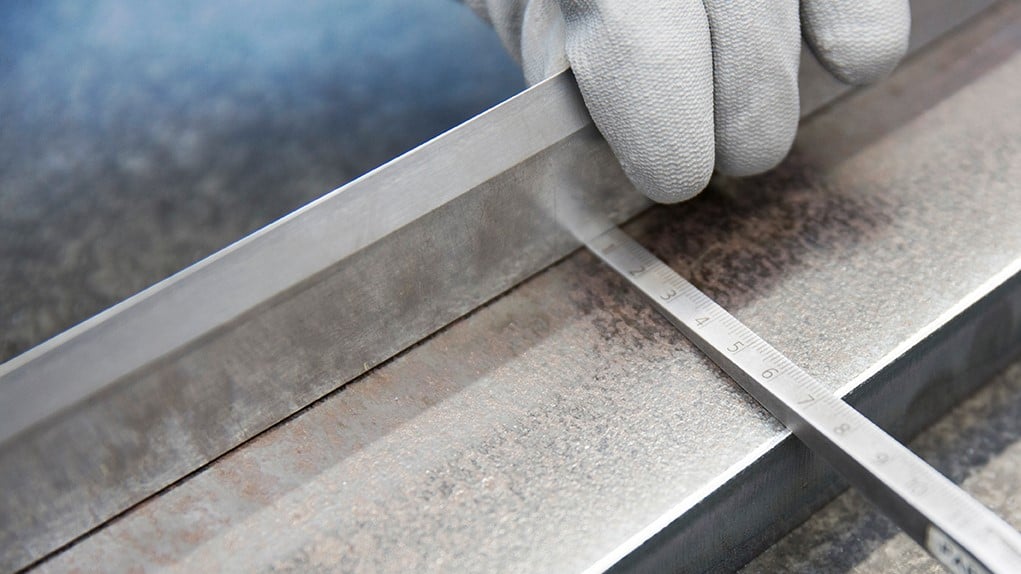Sometimes sheet metal parts are used as they look after cutting and forming and possibly coating. But often they are still joined or assembled - in which case they are referred to as an assembly. And it is during joining or assembly that the moment of truth arrives: Do the sheet metal parts really fit together? Or are the joints too large after all? Or are there overlaps at the end where there shouldn't be any?
Deviations within the tolerance add up to the following for sheet metal assemblies
The fact is: In everyday production, it is not possible to achieve the ideal shape as specified in the component drawing. That's why there are tolerances, which are defined in standards. For each manufacturing process and each starting material, they define which deviations are still okay and which are not. Since this is done across companies, it saves lengthy discussions about dimensional deviations, especially within supply chains. Everyone involved knows what they have to be prepared for.
However, dimensionally accurate sheet metal parts do not guarantee a dimensionally accurate assembly. This is because deviations within the tolerance can add up to such an extent that they exceed this tolerance during assembly. Added to this are deviations that occur in the joining processes, including during clamping. It is therefore all the more important to work as precisely as possible right from the start. It is also possible to rework the sheet metal parts before assembly or joining. However, this is a time-consuming and expensive process step that is better avoided.
.jpg?width=1200&height=750&name=lochblech-richten-vorher-nachher%20(1).jpg)
Residual stresses in the sheet lead to deviations
In order to maintain precision and not to push the tolerances to the limit in the first place, one should know where the deviations come from. One important reason is the residual stresses in the sheet metal. They arise for three reasons: Phase transformation, thermal stress or mechanical stress. In the first case, residual stresses can arise because part of the material has already undergone a phase transformation. If its volume changes in the process, stresses arise between the newly formed phase and the material that has not yet undergone transformation.
In sheet metal working, the second and third cases occur more frequently during machining processes. In thermal cutting processes such as oxyfuel cutting, plasma cutting or laser cutting, the sheet metal is strongly heated at the kerf. Material near the cut also expands and contracts as a result. These thermal stresses can lead to residual stresses in the sheet metal part. And mechanical processing methods such as punching or bending can also stress the material unevenly. In this process, one part of the material is elastically deformed, while another is plastically deformed. Once the sheet is no longer under load, the elastically deformed part of the material tries to return to its original shape. However, the plastically deformed part impedes this process - residual stresses are created again.

Leveled sheet metal parts enable assemblies with tighter tolerances
These residual stresses cannot be seen and are difficult to measure. It is therefore important to eliminate them as reliably as possible. In the case of sheet metal and sheet metal parts, leveling helps here. This applies both to the starting material and to sheet metal parts that have already been processed. "In the past, we didn't have to level parts. Now the raw material does not behave the same from one coil to another or among sheets with the same specifications. When heated, the sheet metal parts return to their original state under stress," explains David Muns, for example. He is head of the Seva plant, 60 km from Barcelona, at steel specialist Mafesa. Steve Larkins, business development manager at sheet metal processor Wrightform in Eye, UK, also noticed that the quality of the starting material was declining: "Often the sheets looked good at the beginning. But as soon as we started cutting sheet metal parts, their residual stresses would release, often resulting in a deformed end product." Both companies were able to solve their difficulties and increase product quality by leveling sheet metal and sheet metal parts. And leveling can be particularly worthwhile for welded assemblies: "We can now produce other welded assemblies with tighter tolerances," reports Felix Heimann, managing director of Heimann GmbH & Co. KG in Olbernhau, Saxony, after purchasing a leveling machine from ARKU.



